Harnessing Technology for Biodiversity Management


Synopsis
As the world grapples with biodiversity loss, tourism businesses in protected areas are leveraging technology to monitor, protect, and restore these vulnerable ecosystems.
The global decline in biodiversity has reached a critical juncture. Over half the world’s total GDP is moderately or highly dependent on nature. Yet, the true value of nature remains unaccounted for in the global economy. The success of nature-positive investments will hinge on a crucial, less glamorous foundation: good data. Suzan Craig, Founder – Tahi (New Zealand)
Members of The Long Run operate at the forefront of biodiversity management. This article explores how diverse technological solutions are being applied to daily conservation practices. From decades of marine ecology data collection in Zanzibar to the impact of drones on forestry management in the Philippines and New Zealand, these solutions are as creative as they are diverse, and notably they’re engaging guests in a deeply meaningful way.
1. Digital Monitoring and Data Collection
Citizen Science and AI for Species Tracking
There has been a global uptake in harnessing citizen science apps to record species sightings and contribute to broader conservation databases. Six Senses Laamu (Maldives), Nay Palad Hideaway (Philippines), Nikoi Island (Indonesia) and Masungi Georeserve (Philippines) all use iNaturalist to document biodiversity, involving guests and staff in species identification. This data feeds into scientific research, supporting better conservation action plans and deeper guest engagement in the mission of these pioneering projects.
At Tiger Mountain Pokhara Lodge (Nepal), Marcus Cotton and his team have followed a disciplined species monitoring methodology since 2004. Recently, they introduced Cornell’s eBird platform to train staff in bird call recognition, ensuring high-quality data for BirdLife International and local conservation organisations.
Proving the case for consistent, credible data collection, Chumbe Island Coral Park (Zanzibar, Tanzania), the first self-sustaining Marine Protected Area in the world, has developed a dataset that spans three decades on the coral reef sanctuary and forest reserve under their custodianship. Their tourism-funded conservation model supports consistent learning and informs global best practice acting as an exemplary case study when it comes to marine ecology worldwide.
Drones and AI for Landscape Monitoring
Tahi (New Zealand) integrates advanced technology into their conservation efforts to enhance data accuracy and ecological understanding. Utilising LiDAR and multi-spectral imagery via drones to assess forest structure, monitor ecosystem health, and calculate carbon sequestration. These technologies enable precise mapping of terrain and vegetation, supporting comprehensive species inventories and data-driven conservation decisions. Tahi have taken their work a step further by open-sourcing their knowledge and best practice, utilising digital channels to share and engage.
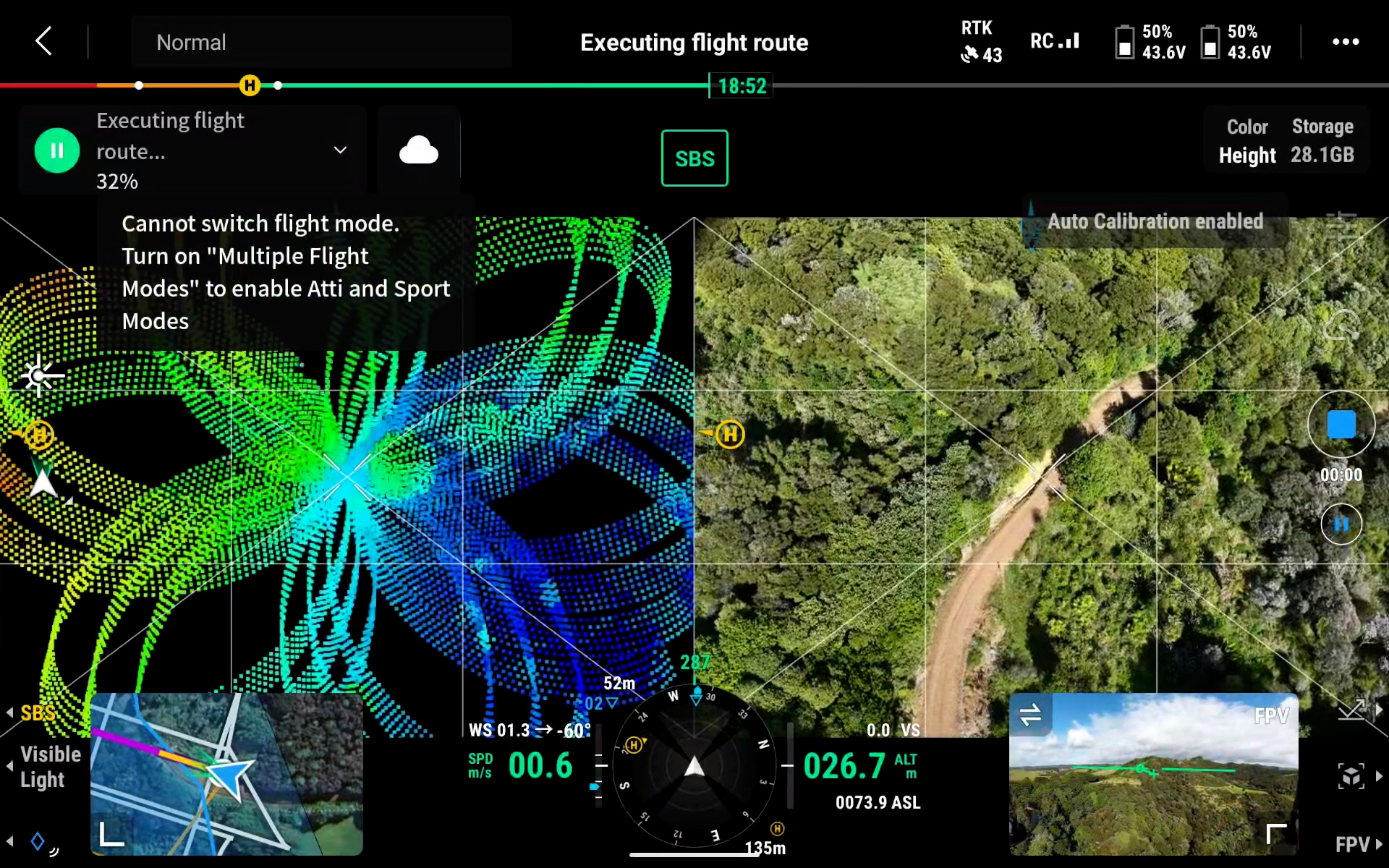
Photo credit: @Tahi
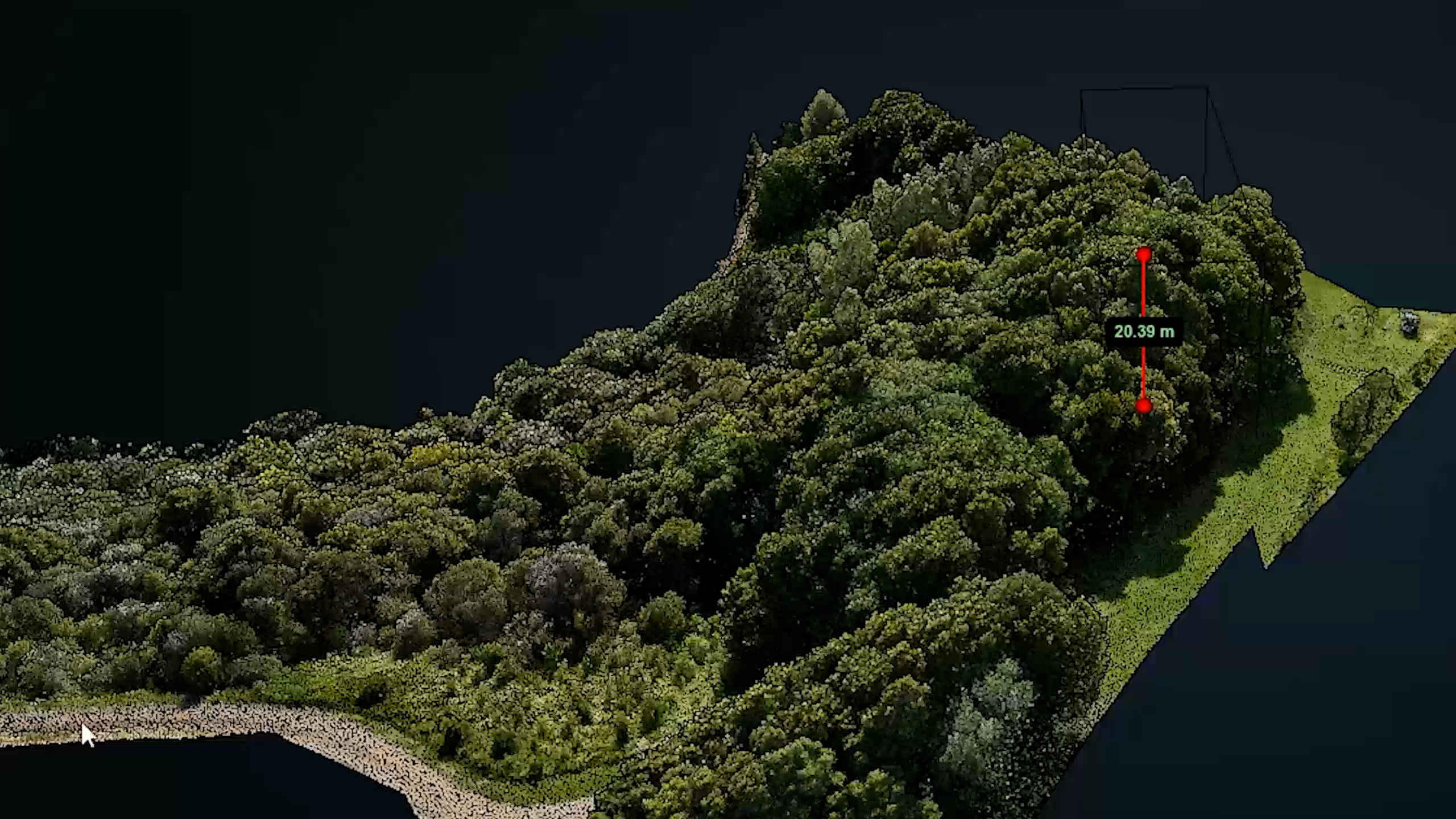
Photo credit: @Tahi
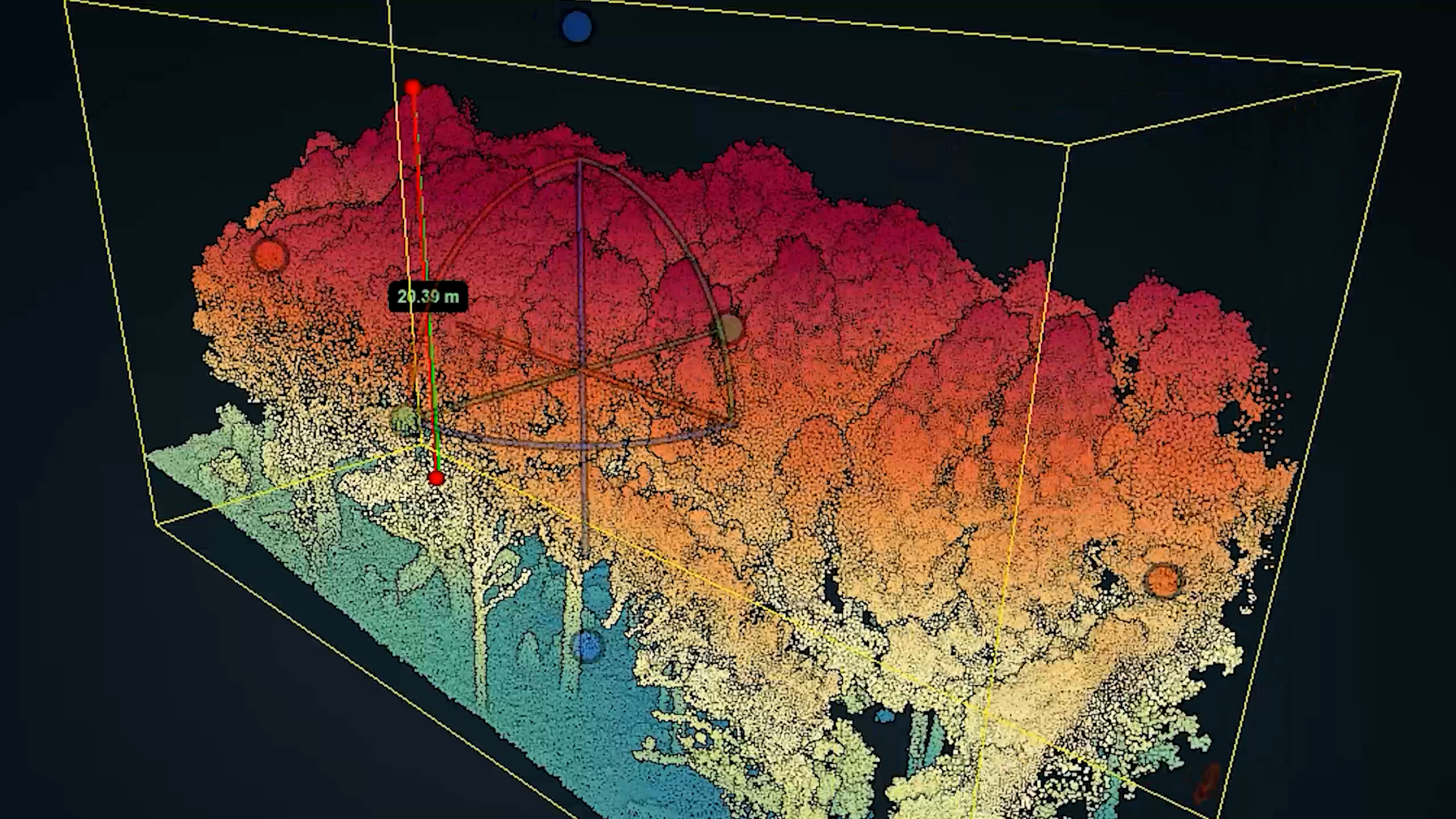
Photo credit: @Tahi
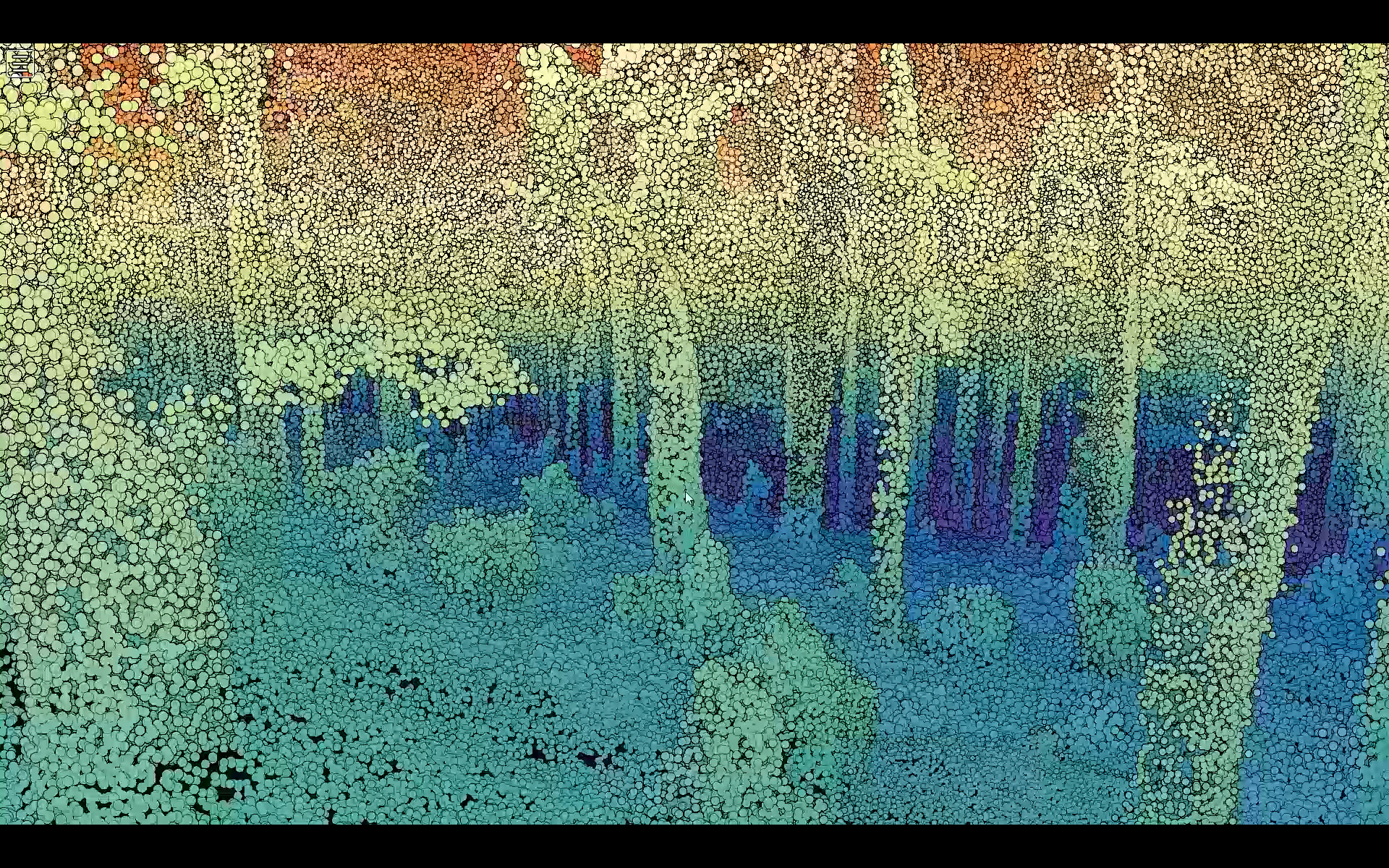
Photo credit: @Tahi
Similarly the team at Masungi Georeserve (Philippines) are utilising drones to monitor forest cover changes and detect encroachments, allowing for rapid responses to conservation threats. The GainForest platform adds another dimension to biodiversity management by developing AI tools to catalogue indigenous ecological knowledge, further bridging the gap between traditional wisdom and modern technology.
EarthRanger for Wildlife and Ecological Monitoring in Africa
Tswalu Kalahari Reserve (South Africa), Borana Conservancy (Kenya), and Sala’s Camp (Kenya) use EarthRanger for ecological monitoring. This tool tracks predator populations, identifies invasive species, and records mortalities to assess ecosystem health. Staff use EarthRanger to monitor herbivore demographics, report den sites, and track elusive species like pangolins and leopards. Integrated wildlife collar data provides real-time insights into animal movements and habitat use. The system is customizable, allowing sites to adapt based on evolving conservation objectives.
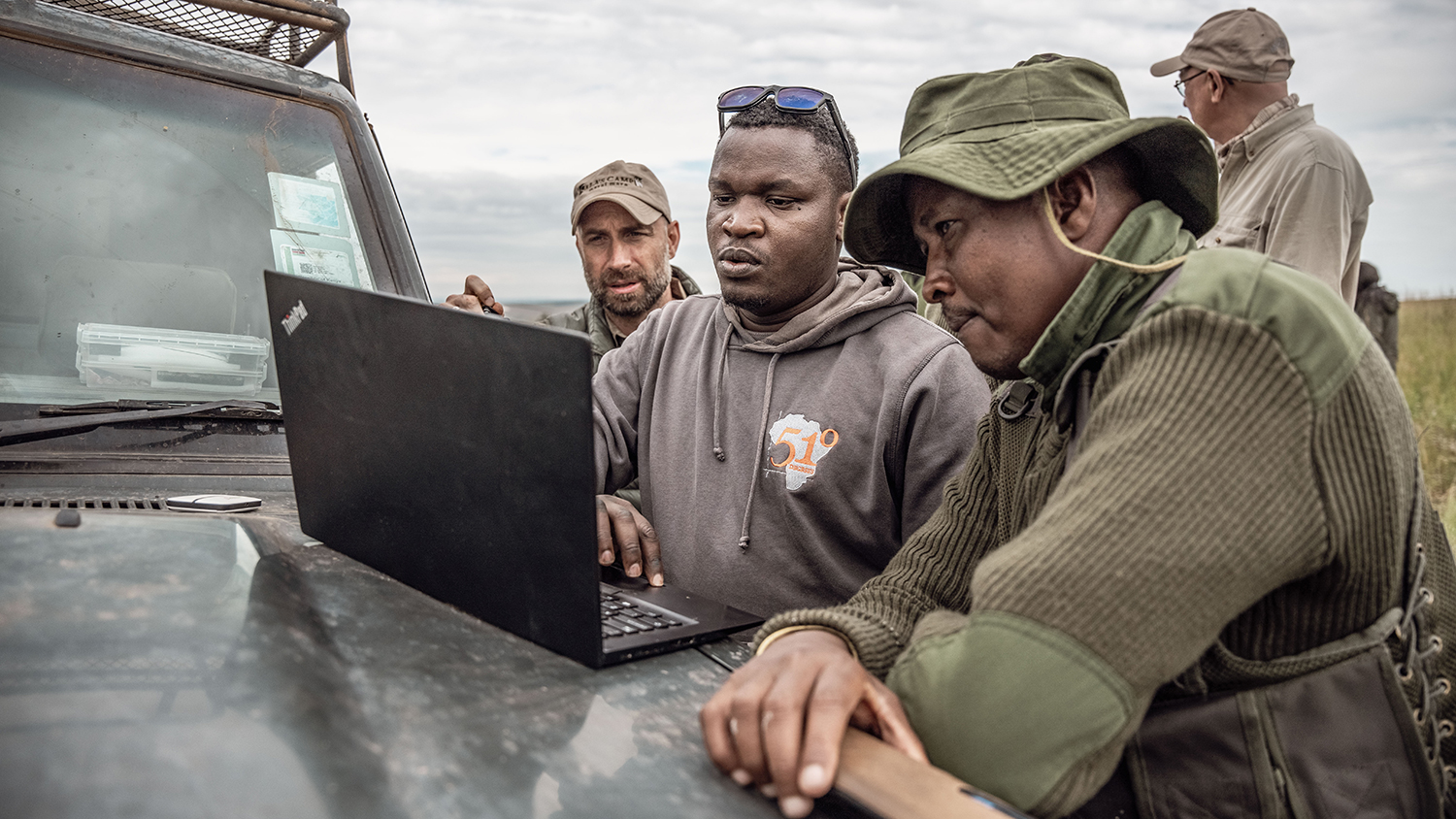
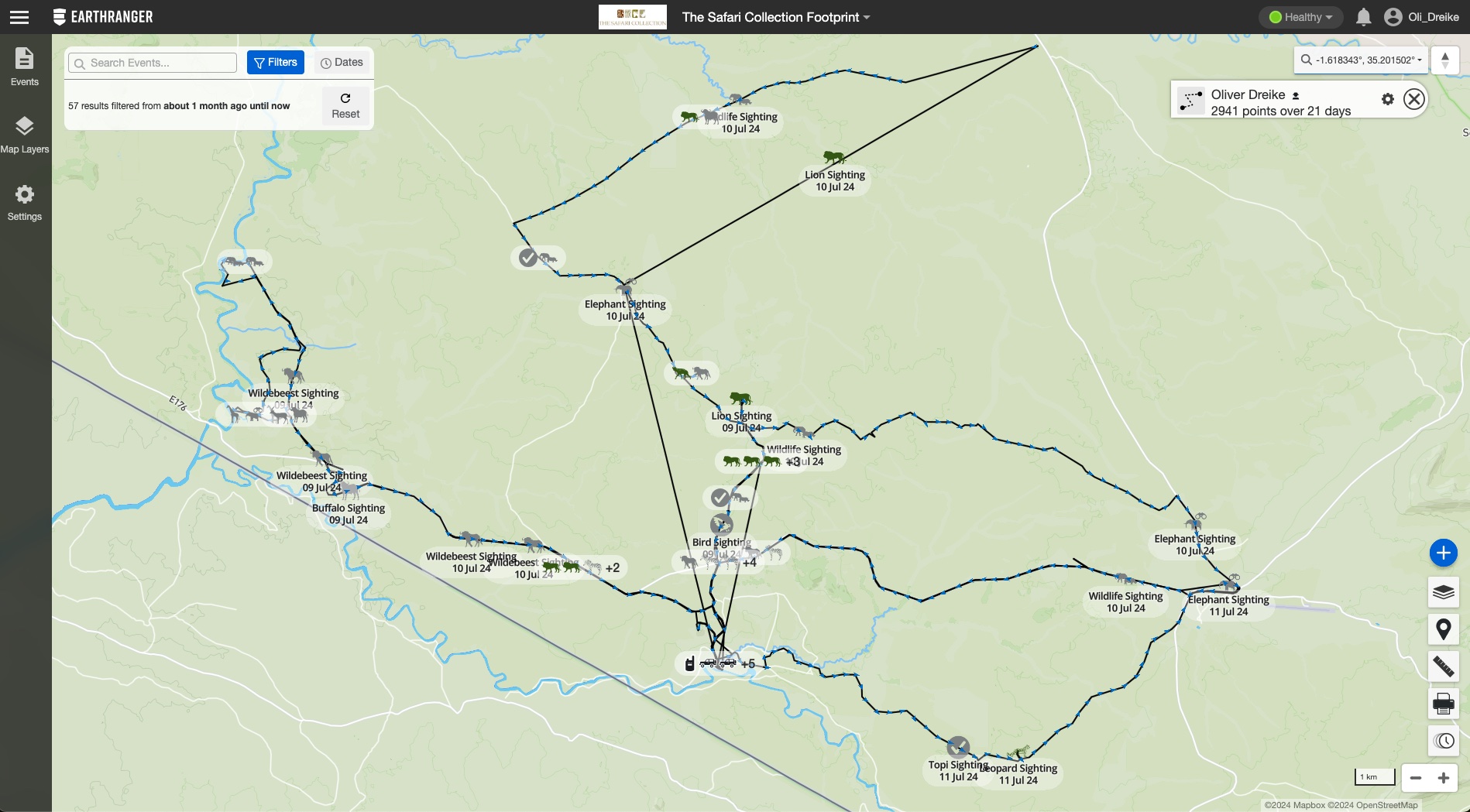
Exploring eDNA and Marine Acoustic Monitoring in Indonesia
Emerging technologies such as environmental DNA (eDNA) and marine sound recordings are gaining traction. Led by Andrew Dixon, The Island Foundation (Indonesia) is exploring how these innovations could help monitor marine biodiversity without direct human interference. eDNA, offers the potential to identify species presence from genetic material found in water samples.
2. Technology in Marine Conservation
Sea Turtle Conservation and Tracking
There are a myriad of technology solutions from software to IoT and industrial processes currently employed to safeguard endangered marine species. Tengah Island Conservation (TIC) (Malaysia), is developing an IoT-enabled sea turtle hatchery management system, integrating weather stations, CCTV, and solar panels to improve hatchery success rates. Expanding on this they are also exploring satellite tagging to map sea turtle migration patterns.
Augmenting national databases with localised data is critical to informing environmental policy. TIC contributes to the Malaysian Sea Turtle Face ID Network, while Nay Palad Hideaway submits marine turtle data to the Philippines National Turtle Catalogue Project, using photo-ID techniques to track marine turtle movements across regions.
Coral Reef Monitoring and Restoration
Coral health is a key indicator for the health of marine ecosystems. Nay Palad Hideaway uses CoralWatch to monitor reef conditions and detect bleaching events. Long-term datasets inform conservationists about climate change impacts and support the development of resilience strategies.
3. Circular Economy and Sustainable Resource Use
Upcycling Marine Waste
TIC (Malaysia) is leading a pioneering initiative to convert ghost nets into filament, which can then be used by local communities for alternative livelihoods. Their project, recognised by the UNDP Malaysia Island Waste Innovation Challenge, exemplifies how technology can drive circular economy solutions in marine conservation.
Gamification for Sustainable Behaviour
On the hospitality front, Vicky Smith from Earth Changers (UK) highlights how My Green Butler uses gamification to encourage resource conservation among guests. By displaying real-time energy and water consumption data and ranking guests against others, hotels leverage behavioural psychology to reduce environmental impact.
4. The Future of Tech-Driven Conservation
De-Extinction and the Ethics of Genetic Engineering
Looking ahead, Rebecca Cook from Journey’s With Purpose (UK) recently discovered a controversial but intriguing use of technology: de-extinction. Colossal is working on reviving extinct species like the Tasmanian tiger through cutting-edge genetic engineering. While this raises ethical and ecological questions, it also signals the expanding role of biotechnology in conservation and species restoration.
Conclusion
The members of The Long Run work at the intersection of nature conservation and sustainable tourism and understand the delicate balance and connection between human and natural ecosystems and how they co-exist. The use of technology to enhance biodiversity management has a significant role in ensuring tourism is harnessed as a force for good. Whether through AI-driven species identification, IoT-enabled hatcheries, gamified guest experiences, or genetic research, as these tools evolve, they will play an even greater role in protecting fragile ecosystems.